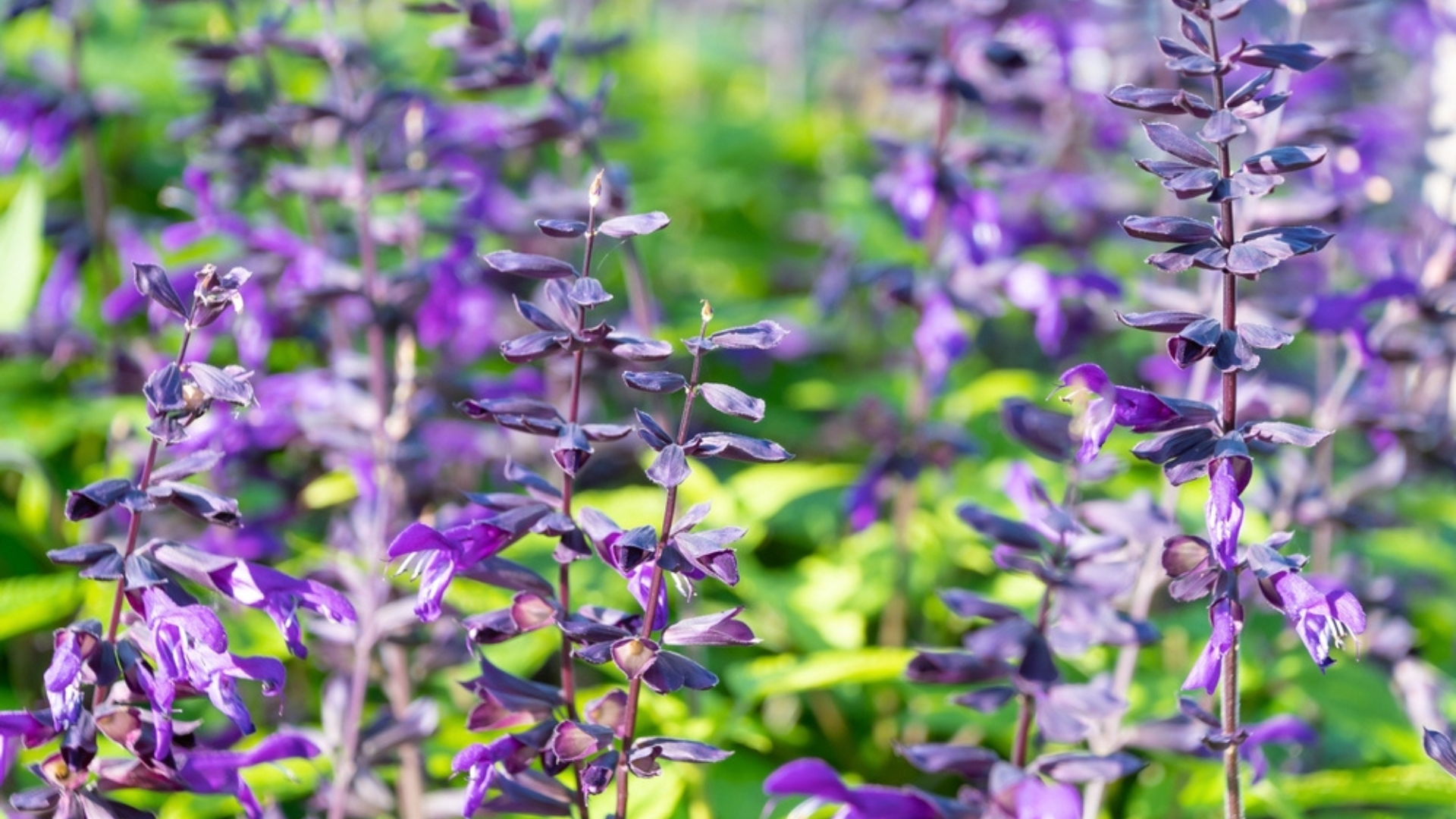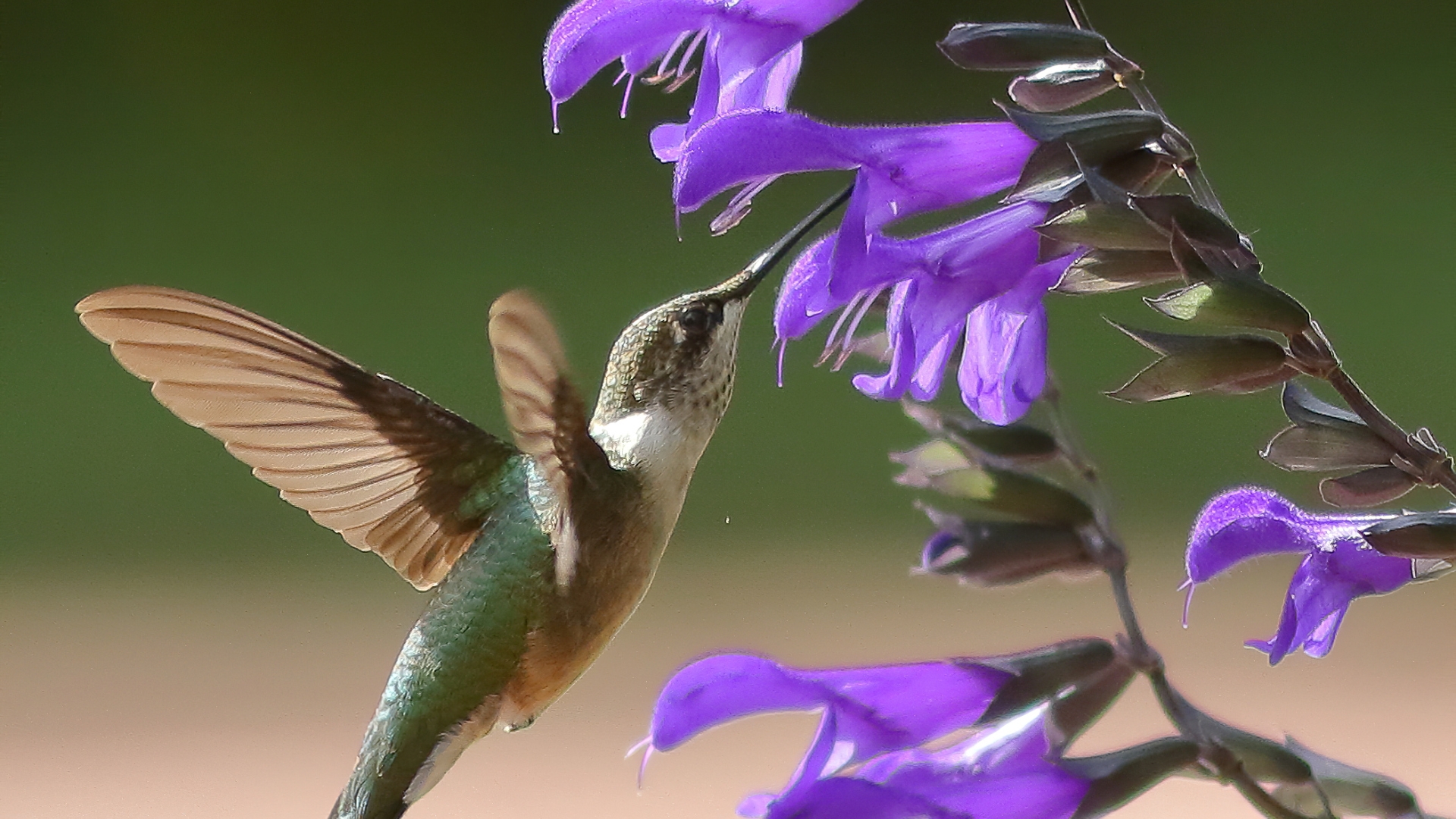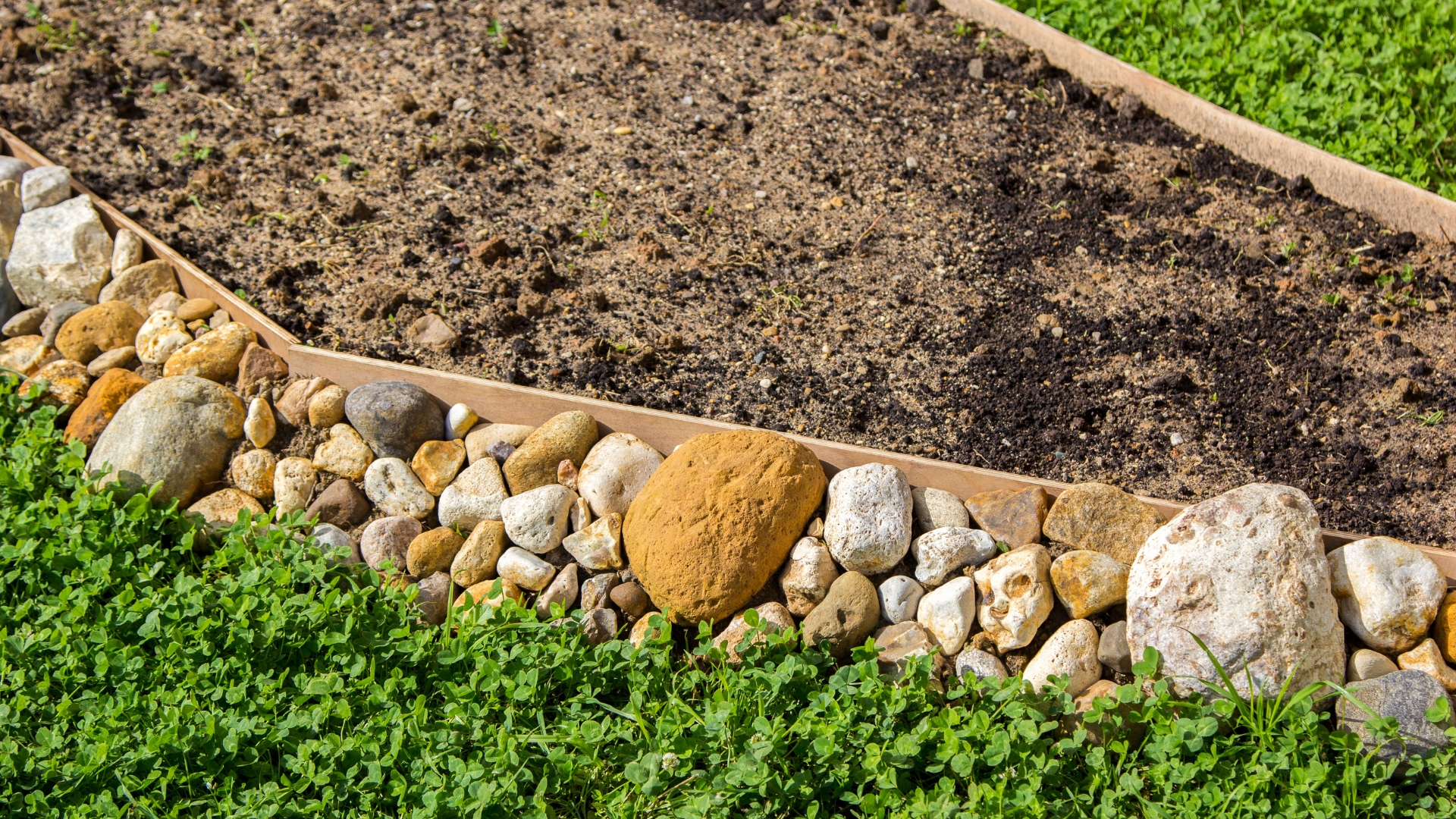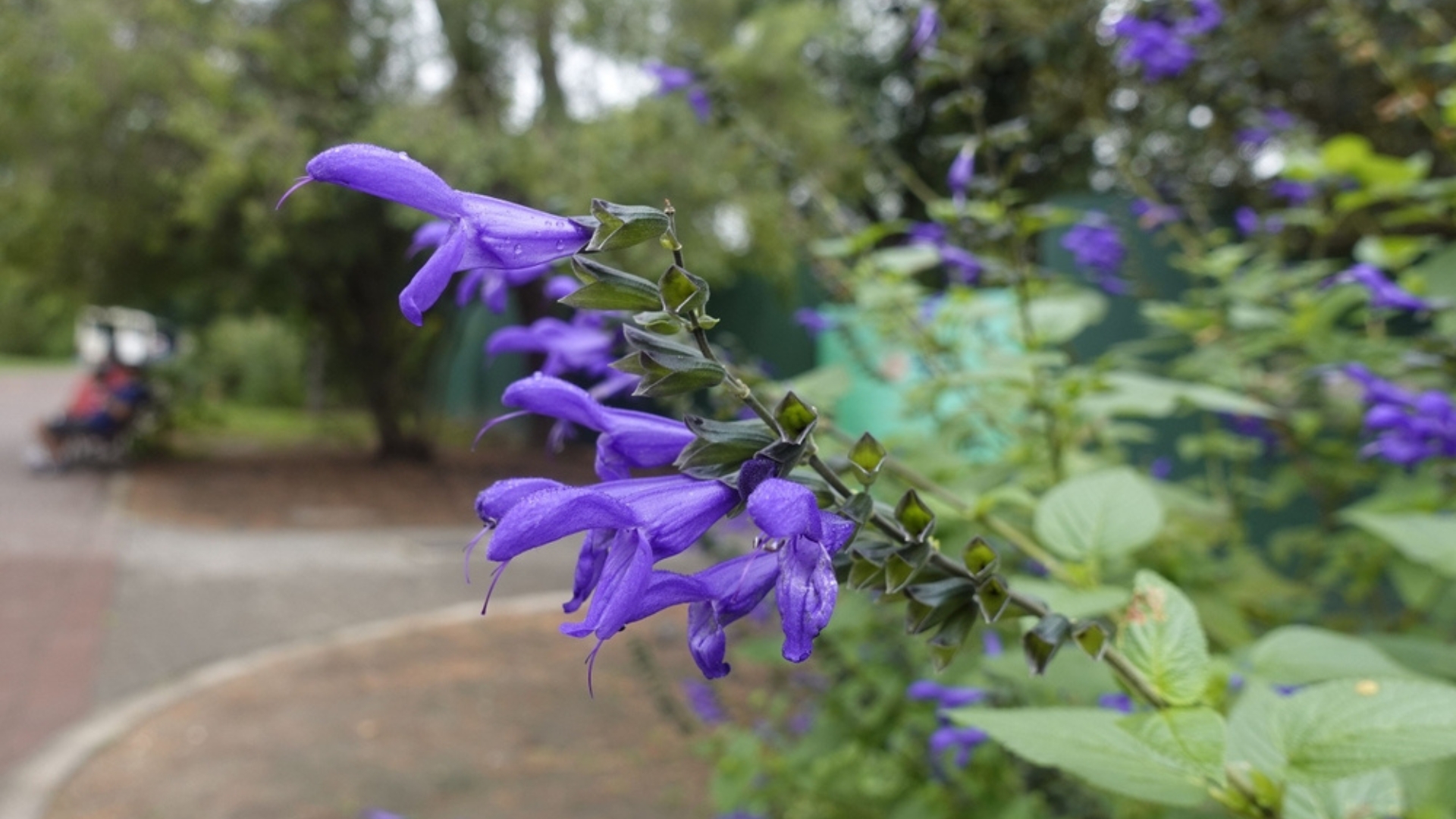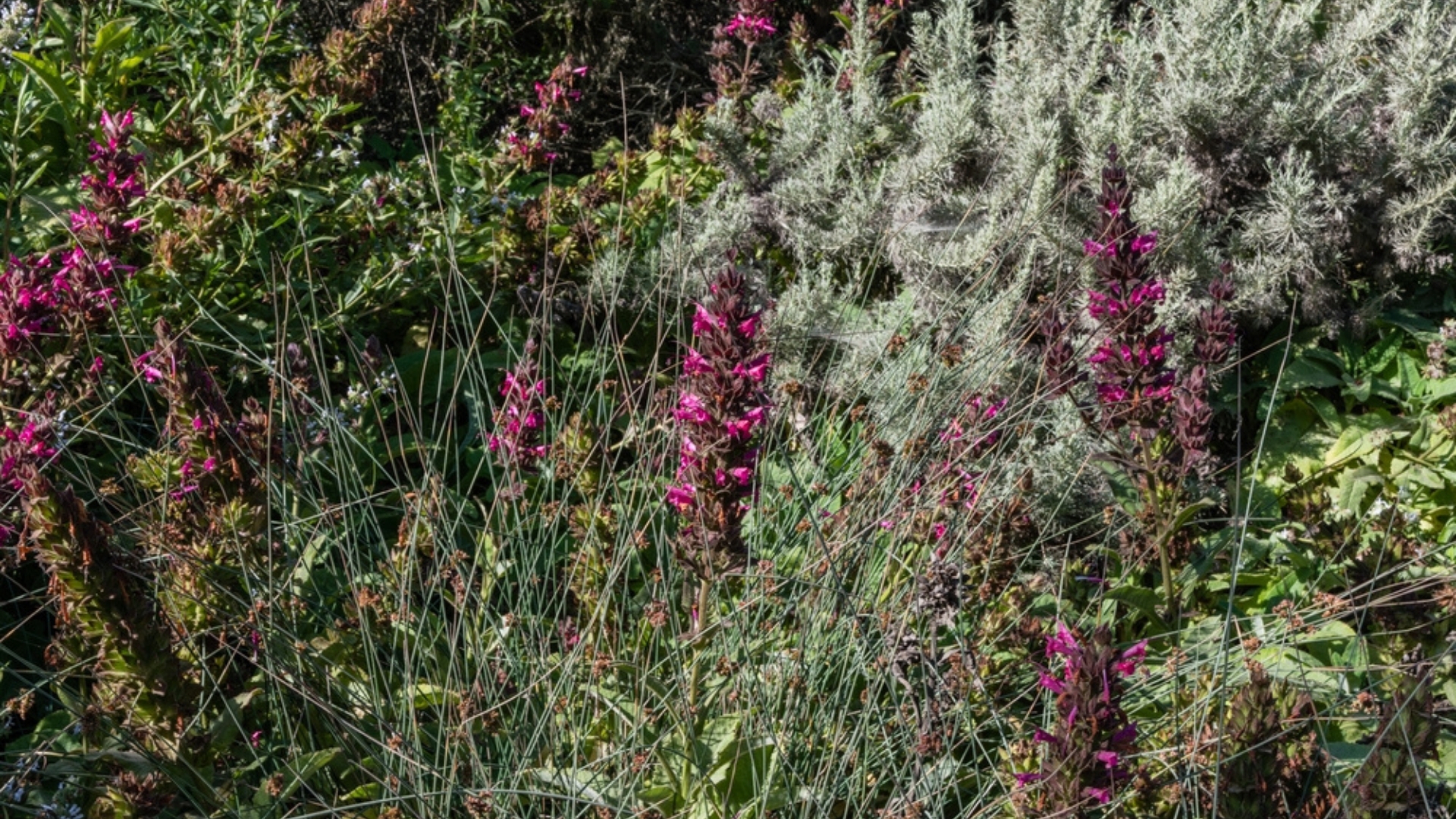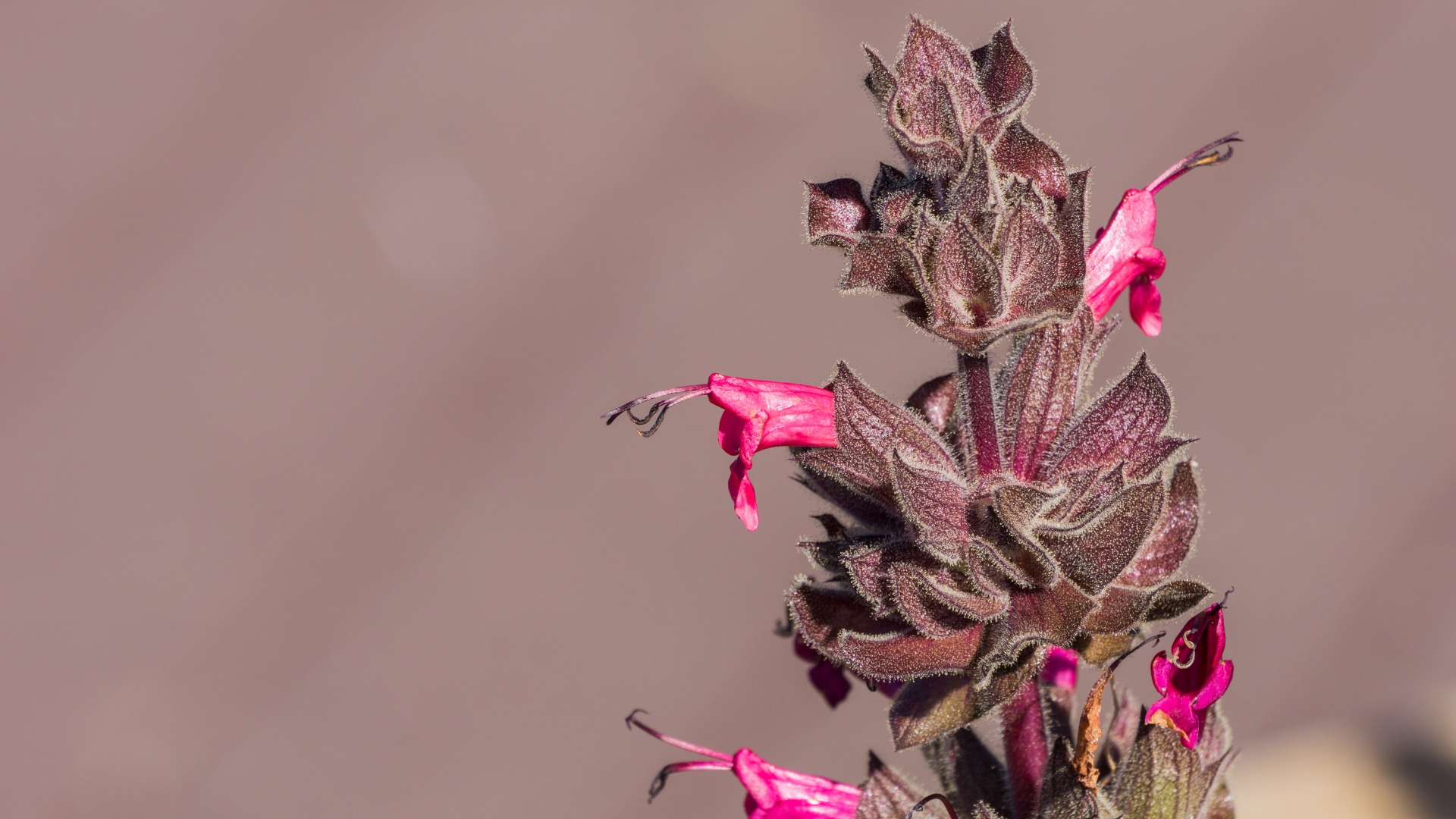Filling a garden isn’t exactly a budget-friendly hobby. Plants add up fast, and before you know it, your wallet feels lighter than a dandelion puff in the wind.
That’s why I’ve learned to pick plants that pull double (or even triple) duty. Hummingbird sage is one of the best!
It covers ground like a champ, attracts hummingbirds and bees, and asks for so little in return. It’s hands down one of the smartest plants I’ve ever grown—see why for yourself.
Hummingbird Sage Is A Stunner With Many Benefits
Some plants are all looks and no substance, but hummingbird sage brings the whole package. Native to California, this tough yet elegant perennial thrives in dry, shady spots where other plants struggle.
Its aromatic foliage releases a rich, herbal scent, and its deep pink to magenta flowers are like neon signs for hummingbirds and bees.
Growing up to three feet tall and spreading generously, it makes a fantastic groundcover that fills gaps with lush greenery while keeping weeds at bay.
Beyond its beauty, hummingbird sage is a garden workhorse. Its drought tolerance makes it perfect for water-wise landscapes, while its low-maintenance nature means less work and more enjoyment.
The leaves can even be used for teas and herbal remedies, adding another layer of usefulness. Whether you need erosion control, pollinator attraction, or a fragrant addition to your space, this plant does it all.
How To Plant Hummingbird Sage In Your Garden
Good placement and soil prep are the secrets to getting hummingbird sage off to a strong start. It loves partial shade but can handle more sun with occasional watering.
The soil should be well-draining—too much moisture leads to unhappy roots. If your soil is dense, mix in organic matter like compost to improve texture and aeration.
When planting, make sure the crown (where the stems meet the roots) sits at ground level. Water thoroughly to help it settle in, and mulch lightly to hold in moisture.
Give it space to spread, and in no time, you’ll have a thriving, fragrant groundcover that attracts pollinators by the dozen.
This Is How You Make It Thrive
Hummingbird sage doesn’t need a strict care routine, but a few simple steps will keep it thriving. Water deeply but infrequently, especially once it’s established—this plant prefers to dry out between drinks.
If you’re in a hotter climate, an occasional deep soak will keep it from getting stressed.
Fertilizer isn’t necessary, but a light top-dressing of compost in spring can encourage healthy growth.
To keep it looking fresh, cut back flower stalks after they fade and remove any leggy stems in late winter. A quick trim encourages fuller growth and a stronger bloom cycle, making this already low-maintenance plant even more rewarding.
How To Use Hummingbird Sage In Your Yard
When a plant looks good and works hard, you find ways to use it everywhere. Hummingbird sage thrives in spots that other plants might ignore—shady beds, under trees, along fences, or in dry, neglected areas.
It forms a soft, sprawling groundcover, keeping weeds in check while adding a pop of color with its vivid blooms.
Try mixing it with ornamental grasses for a natural, meadow-like effect or planting it near patios and seating areas where its fragrance can be enjoyed up close.
It’s also perfect for erosion control on slopes, holding soil in place while attracting hummingbirds, bees, and butterflies.
These Are The Best Hummingbird Sage Varieties
Whether you’re looking for a compact variety for a container or a vigorous groundcover to fill a shady bed, there’s a perfect pick for every garden. Here are mine:
1. Salvia spathacea – The classic hummingbird sage, native to California. It thrives in partial shade, produces deep magenta flowers, and spreads by rhizomes to form a lush groundcover.
2. Salvia spathacea ‘Powerline Pink’ – A more compact variety with slightly lighter pink blooms, perfect for smaller gardens or container planting.
3. Salvia spathacea ‘Avis Keedy’ – Known for its strikingly bright pink flowers and slightly more upright growth habit, adding height to garden beds.
4. Salvia spathacea ‘Topanga’ – A vigorous grower with vibrant magenta flowers, selected from the Topanga Canyon area for its strong performance in dry gardens.
5. Hybrid Selections – Some nurseries offer hybrids with improved drought tolerance, longer bloom periods, or unique flower colors, making them excellent choices for customized landscapes.
If you need a plant that works hard without demanding much in return, hummingbird sage is the one. Once it’s settled in, you’ll have a thriving groundcover and a pollinator paradise with almost no upkeep.

